#bugatti type 35B
Explore tagged Tumblr posts
Photo
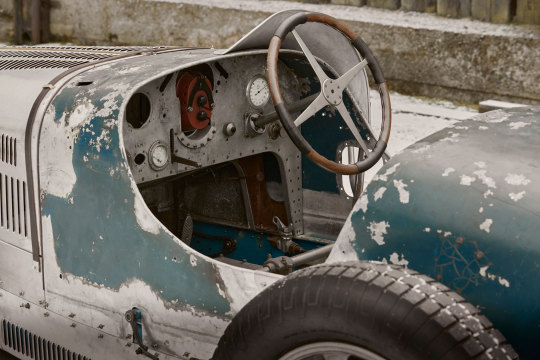
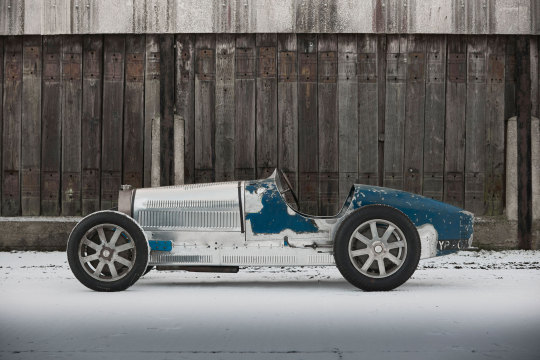
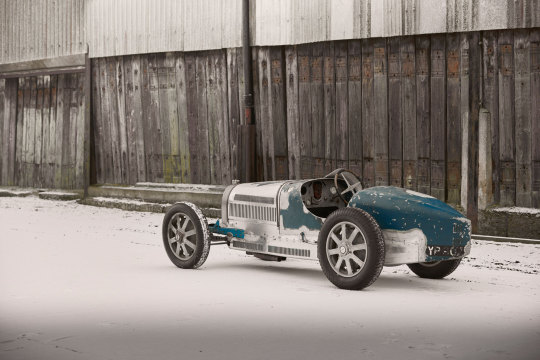

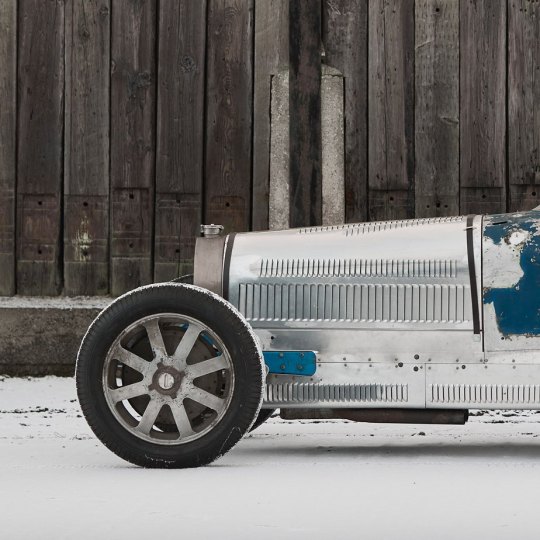
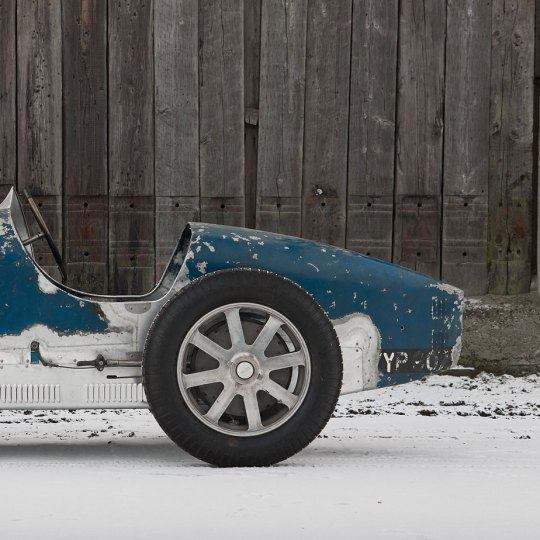
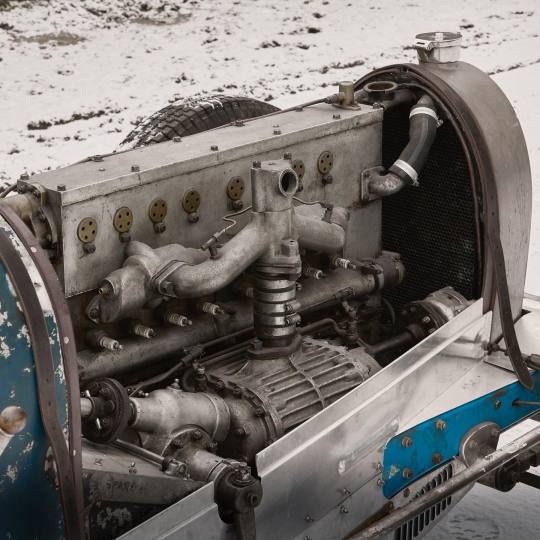
1927 Bugatti Type 35B Grand Prix
Courtesy: Gooding & Company
#art#design#iconic car#sportcar#vintage catalog#vintagecars#bugatti#bugatti type 35B#grand prix#decay era#discarded#1927#collectors#gooding&company
805 notes
·
View notes
Text
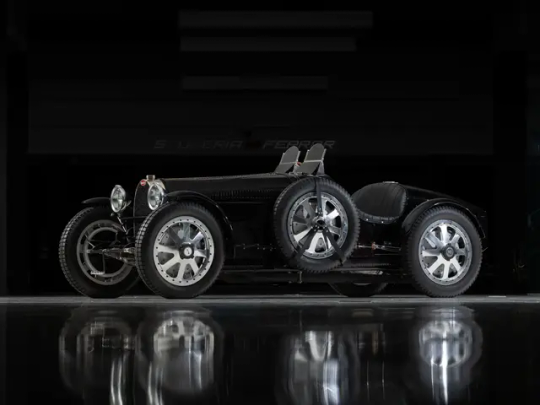
Bugatti Type 35B 1930 Recreation by Pur Sang. - source RM Sotheby's.
22 notes
·
View notes
Text



Launched a century ago, the Bugatti Type 35 didn’t just make a single impact—it revolutionized the racing world with its innovative design and engineering. The car became legendary not only for its initial capabilities when it debuted in 1924 but also for the continuous improvements Bugatti implemented throughout its production. Ettore Bugatti was one of the first automobile manufacturers to grasp the marketing potential of winning races on Europe’s renowned circuits and road tracks, which brought considerable publicity to his brand. Confident as he was in the capabilities of his new car, even Bugatti could not have predicted that the Type 35 would become the most successful race car in history, achieving 2,500 victories during its active racing career.
The first Type 35, released in 1924, was equipped with a 1,991cc eight-cylinder engine, delivering 90 PS in race trim. By early 1926, Bugatti had increased the engine size to 2,262cc for the Type 35T, named after the famous Targa Florio road race in Italy, which it won, with two smaller-engined Type 35s finishing close behind. Despite this success, Ettore Bugatti realized that to stay ahead of the competition, he needed more than just increased engine displacement. He knew that the future of performance lay in forced induction, even though he was initially not a fan of superchargers, which were seen as inefficient at the time.
“It’s no secret Ettore Bugatti preferred naturally aspirated engines and was not an early enthusiast of supercharging due to its perceived inefficiency,” says Luigi Galli, Specialist for Heritage and Certification at Bugatti. “However, what’s less well known is that Bugatti was forward-thinking about the potential of forced induction, experimenting with superchargers even before the Type 35 debuted at its first race in Lyon in August 1924. In fact, Bugatti applied for French patent number 576.182 on January 22, 1924, for a ‘Compresseur ou pompe à palettes,’ a rotary vane supercharger design that could provide extra power on demand by forcing pressurized air into the carburetor. If Bugatti was going to use a supercharger, he was determined to innovate in his own way.”
As a result, Ettore Bugatti, alongside the Italian engineer Edmond Moglia, developed a unique three-rotor Roots-type supercharger, differing from the common two-rotor designs of the time. This supercharger was strategically mounted on the engine’s offside, which allowed it to warm up more quickly and improve overall engine cooling—a principle that remains relevant in modern engine design. The Type 35TC, where “TC” stands for Targa Compressor, was introduced in late 1926. It evolved into the Type 35B in 1927, featuring a larger radiator and cowling, known as the ‘Miramas’ design, which enhanced cooling capabilities. This configuration enabled the Type 35B to produce up to 130 PS, achieving speeds over 205 km/h (150 mph).
By late 1930, further refinements led to what many consider the ultimate version of the Type 35B. This final iteration featured a twin-cam, two-valve-per-cylinder engine, a twin fuel filler cap, improved suspension, wheels, brakes, and tires, as well as a lower-mounted supercharger relief valve. Bugatti’s relentless pursuit of perfection extended to optimizing every element of the combustion system, from sculpted pistons and cylinder heads to the use of aviation-grade fuel, which boosted the output to 140 PS.
Today, at Bugatti’s atelier in Molsheim, each Bugatti model is hand-assembled with the same meticulous attention to detail that Ettore Bugatti applied to the Type 35. A century later, Bugatti’s engineers and designers continue to push the boundaries of automotive excellence, upholding a legacy of innovation and performance that began with the groundbreaking Type 35.
8 notes
·
View notes
Text
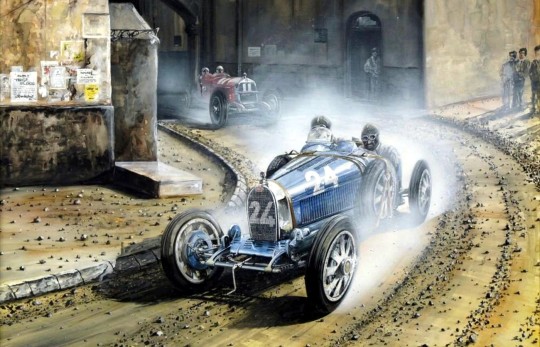
1927 04 24 Targa-Florio - Nicholas Watts
shows Emilio Materassi in the winning Bugatti Type 35B coming through a mountain village. The race consisted of 5 laps of the Medio Circuito delle Madonie - 335 miles. It took him 7 hours 35 minutes, an average of 44 miles per hour.
13 notes
·
View notes
Text
Bugatti Type 51 Grand Prix Champion Gets a Parisian-tailored Winter Suit

The wonderful history of this charismatic car, Nethercutt’s 1931 Bugatti, is significant in both motorsport and automotive design worlds. Having won the Monaco Grand Prix for the Bugatti factory team in the race’s 3rd year of existence, driven to victory by none other than Louis Chiron, was just the opening act for this Type 51. Today, hypercar enthusiasts know the 2023 Bugatti Chiron as the multimillion dollar successor of the Veyron, named after the 1930s champion driver. After proving its agility on many tracks, Grands Prix and rallies, with such legendary drivers as Chiron and Rene Dreyfus piloting, sn (serial number) 51133 was eventually purchased for slightly less competitive use, along the ‘Allee des Acacias’/ in the Bois de Boulogne in Paris where young gentleman drivers showed off their latest sports cars. According to Pierre-Yves Laugier, Bugatti Owners Club???? Interestingly, the coupé creator’s family’s railway carriage factory location ultimately became the Citroën factories and competitive driver Bith benefited from his father’s role as head doctor for the Paris Police - something that may have been helpful on occasion. Bith enjoyed a close relationship with his family and explains he never once had an accident!
With a love for speed, driving precision and engineering, 26-year-old heir André Bith would’ve known the barely distinguishable visual differences between the Type 35B and its successor, the Type 51. The DOHC, inline 8-cylinder (hemispherical) supercharged 2.3 liter motor produced 180hp, reaching speeds of 140mph in race trim! It was among the most powerful and tough racing engines of the 1930s, often making up over 2/3s of the entries in 1930s Grands Prix. The engine bay showed off demascened, engine-turned finishes and right angles, appearing artistically inspired by the contemporary art movement of Cubism. However, historian Griff Borgeson explains that “the Boss” (as company founder Ettore Bugatti was known), ‘would have no waste of materials nor effort.’ Of the 40 Type 51 and 51A produced, only 23 are known today, the other 17 were perhaps destroyed in war - or absconded in such chaos.
Nethercutt’s sn 51133 survived both world wars and thanks to their thoughtful stewardship, was reunited not only with its Parisian tailored finery but also its doting owner who originally commissioned the alluring coupé ‘build’ back in 1937. At age 91, Bith fondly remembered driving the open, spartan 1931 racecar he purchased in 1935. Its pedigree already established having been driven to team victories and then owned by the dashing, scarf-wearing celebrity driver, Louis Chiron, who received the car as payment from ‘The Boss.’ The cold French winter of 1936 had Bith looking for a solution and he found inspiration in his pal Jean Bugatti’s Type 57SC Atlantic when they met for lunches. Notably there were just 4 Atlantics built on a wheelbase longer than the Type 51, between 1936 and 1938. The 2010 transaction for nearly $40million made it the most valuable car in the world - and one remains missing…
Bith began sketching with designer friend André Rolland. They found lightweight Duralumin was the latest and greatest material but at the time but few had worked with it. They were delighted to find an Italian craftsman at Dubos Carrosserie was eager and competent to work with new aluminum alloy’s lightweight, high mechanical resistance. Dubos agreed to do the project for just 20,000 FRF- IF Bith committed to putting the car in many concours and design/styling competitions. Bith explained to “Bugatti Magnum” Hugh Conway that he paid 18,000 FRF to Chiron in 1935 for the 1931 racecar. His mechanic Mr. Schaeffer spoke highly of the brothers Dubos, and did some modifications such as centering the gear lever on the box, fitting a Citroën TAV handbrake to the aluminum dashboard and adding a dynamo to charge the battery. Bith specified seats, not a bench, and no speedometer - the result was a far more uniquely tailored and useful car than a brand new Type 51 which would’ve cost 165,000 FRF then. One USD bought 22.24 French francs in April of 1937 equating to USD $7,419.- which is ironically about the same factor as the inflation rate change from then to now. $1 then purchases about as much as $21 today, making today’s prices 20.96 times higher. A new Type 51 today might be priced between $155,000 to $165,000 IF the car market remained the same, however, one new Bugatti Chiron model today is priced at USD $3.25million!
In April of 1937 Dubos began work on sn 51133 near The Boss’s preferred coach builder at Rue de Debaracdere, in Paris’ District XVII, on Rue de Sablonville - so they might’ve shared talent and materials. Dubos was respected for bodying Talbot Lago, Delahaye, Renault and Avions Voisin - such as what won Amelia this year. The Carrossier would have no issue expediting a 6-year-old racecar turned coupé - since the brand new Bugattis were bodied nearby. The Nethercutts wisely and fortunately were able to involve Bith in everything possible from historic documentation to even locating a steering wheel affectionately mounted on Bith’s wall. After owning a great many wonderful cars, Bith calls sn 51133 his Queen and came across an interesting discovery at the Bagatelle Concours of 1991. The same contest which his car won in 1937, shown by Miss France who wore a Drecolle dress the same violet blue as the car. A fellow who stood admiring one of the world’s 4 Bugatti Type 57SC Atlantic - the very car that inspired Bith originally - shared information about the disposition of his long lost Dubos coupé. It was now cherished by a fellow who enjoyed driving it in his Colorado Grand event, and once again, after being painted, black, white and black again, bore a similar violet-blue paint color as when Bith sold it.
The Type 51’s diminutive racing footprint needed an enclosure that wouldn’t slow it down much but would keep Bith and his ladyfriend warm as they sped up to 130mph outside Paris in the wintertime… Decades of using hammers and rollers enabled the Neuilly-sur-Seine facility to beautifully execute the hood and fenders in Duralumin, thanks to their Italian talent, and the body in lightweight steel. Bith was true to his word and entered the car not only in the Bagatelle but also Ponte d’Auteuil Concours d’Elegance and the Motor Exhibition of October 1937 at Earls Court, not to mention the Paris-Nice Rally et al. The Dubos coupé was featured in the October issue of “The Autocar” and the November issue “The Automobile Engineer” according to Pierre-Yves Laugier who explains it featured a Type 57 steering shell. Referring to it as the “Bugatti 57 Sport” he explains it was incorrectly attributed to Saoutchik in the magazine articles of 1937, no doubt of great consternation to Dubos. Bith was heartbroken when, in 1938 a gas attendant filled the tank with ordinary rather than super, and his attempt to remediate the mistake, seemed instead to ruin the engine. The car was sold and began to suffer.
The chassis retained value to various drivers and collectors while some appreciate the Dubos body which was separated from the car in the 50s and became a Pebble winner in its own right, with faithfully fabricated chassis and engine. Nethercutts were thrilled to relocate the body in 2000 at a Monterey auction and set about reuniting sn 51133 with its custom tailored, Atlantic-inspired, lightweight, tastefully finned Parisian suit. It is worth noting how Nethercutt’s curator Skip Marketti has dutifully communicated with the variety of owners, drivers and restorers relevant to this car - taking a thoughtfully objective, investigative approach to information gathering as restoration decisions were deliberated. What may seem overly tedious in some contexts is wise when the rarity, design excellence and accomplishments of a vehicle deserves a level of scrutiny that’s more museum-like or archival sciences while a more artistic, expressive approach may be appropriate in another project. In fact, the interests of a brand or cities’ industrial history can come into play when very rare, valuable works uniquely represent a nation’s contribution. Some collectors have even wondered whether a nation could invent reasons to require the repatriation of a particular collectible - all of which we mention simply to honor the stewardship and recognize the different sorts of context faced by restoration projects. Family honor can always play a role in such endeavors - inspiring great record-keeping, accuracy and quality at every step of the process.

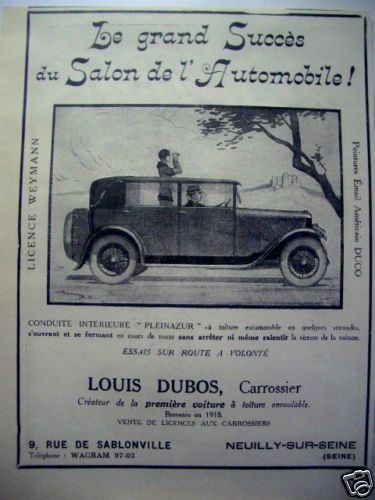
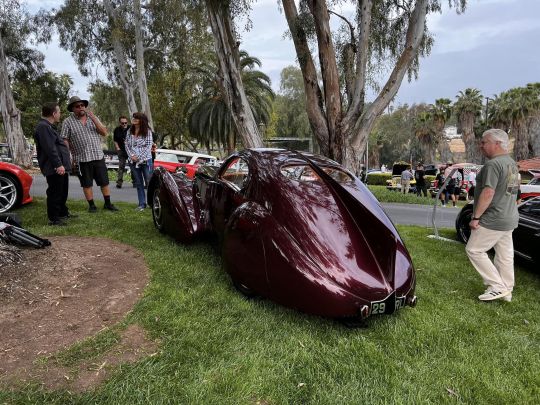
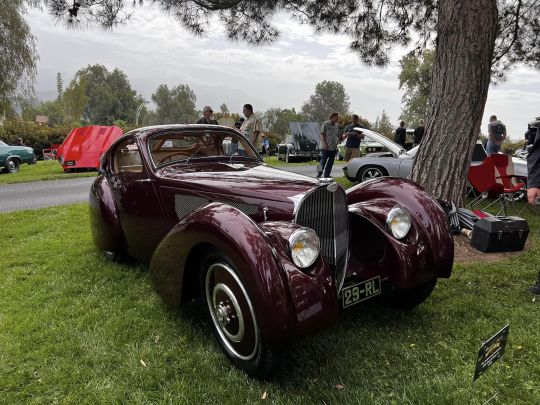
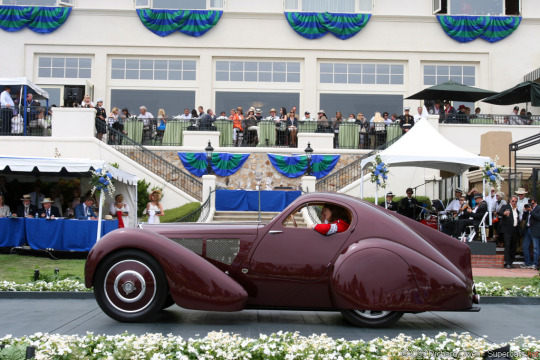


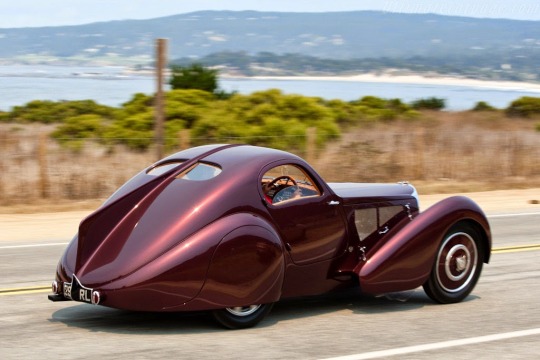
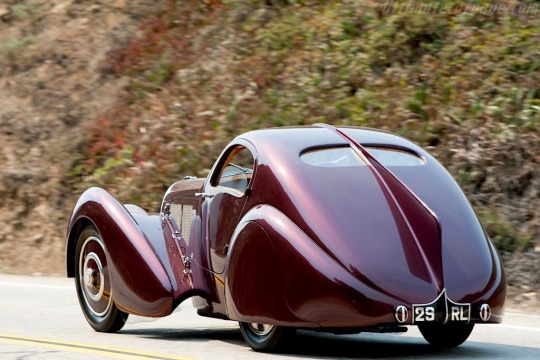
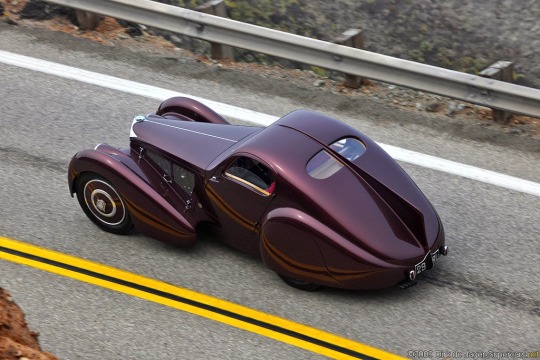
2 notes
·
View notes
Video
'1927 Bugatti Type 35B'... by Kroozer's Eyes Via Flickr: '1927 Bugatti Type 35B'...
2 notes
·
View notes
Text

53º Auditiv Circuito Inter de Vila Real.
Pre-war Sport Cars - Race 1
Drivers: Bo WILLIAMS / Orlando WILLIAMS
Car: BUGATTI Type 35B 1927
#instaracing #instacar #motorsport #carporn #carswithoutlimits #amazingcars247 #supercar #carinstagram #petrolhead #nikon4sport #autosport #instaworld #instapic #instamotorsports #bugatti #bugattitype35b #bugatticars #bugattimotorsport #historiccars #classiccar #prewarracing #historicracing #historicracingcars #prewarcar #instapicoftheday #nikonartists #nikonphotography #nikon_photography_ #photoofthedays #circuitointernacionaldevilareal
0 notes
Text
One Day in the Shop... June 2, 2010
A post-war Jaguar, a brass-era Isotta-Fraschini and a pre-war Bugatti Type 35B. Man, what a place to work. I remember when I first got the job, I couldn’t really get my head around the way that the guys working there were used to it. The types of cars that came in and out, day after day, they were like rock stars. Top level celebs. If Reilly’s was a music venue, it would be as if the Rolling…

View On WordPress
0 notes
Text
Italeri releases four new titles in March.
A GMC, A Raven, Bugatti & a Dukw are the latest kits from Italeri in March – We look at the artwork, sprues, parts & decal/marking choices in our preview… Preview: Four releases for Italeri in March… Bugatti Type 35B Roadster From Italeri No #4713 1/12th scale Model Dim. Italeri No #4713 1/12th scale Dim. Ettore’s Bugatti masterpiece is a combination of elegance, engineering, and speed. It…

View On WordPress
0 notes
Photo


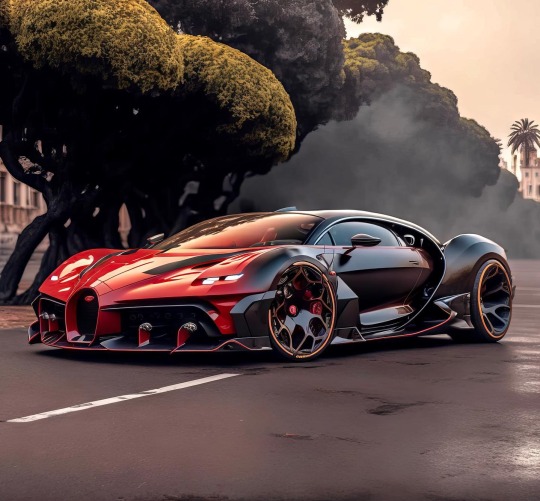



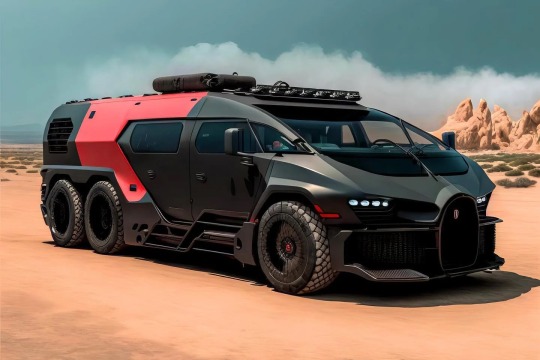
Bugatti Custom Vehicles
Styling by Flybyartist
#art#design#concept#carconcept#conceptcar#truck#off-road#off-grid#bugatti type 35B#customization#vehicle#flybyartist#luxurycars#luxurycar#luxury truck#luxurylifestyle#cgiart#render
443 notes
·
View notes
Text
Exceptional Bugattis exhibited in Monaco
An exhibition that accompanies a new showroom The brand has just opened a new showroom, a stone’s throw from La Rascasse, an emblematic corner (which bears the name of the eponymous restaurant bar) of the Monaco circuit which occupies a special place in the history of the Molsheim brand since of the very first Monaco Grand Prix in 1929, a Bugatti – the Type 35B driven by William Charles Frederick…

View On WordPress
0 notes
Photo

Bugatti Type 35B | Gentlemen Drivers
12 notes
·
View notes
Video
'1927 Bugatti Type 35B'... by Kroozer's Eyes Via Flickr: '1927 Bugatti Type 35B'...
1 note
·
View note


